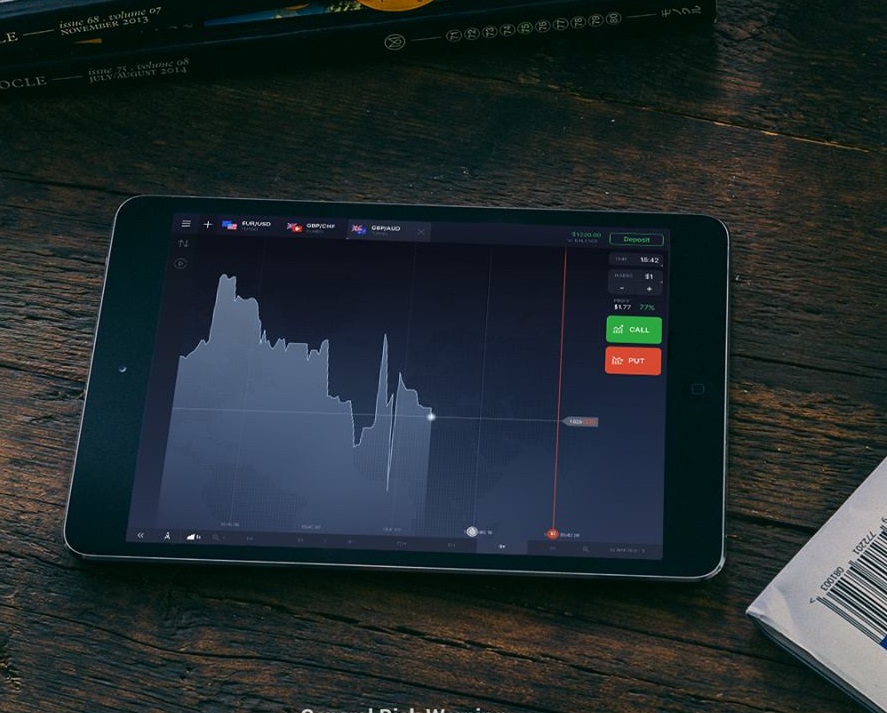Strangle pattern for Classic options.
Your capital may be at risk. This material is not an investment advice.
The strangle is a pattern of trading classic options used by traders in order to receive profit in situations when high market volatility is expected but the direction of the future trend can hardly be predicted. For example, just before the earning report of the company is published.
A strangle is a trading pattern where the trader simultaneously buys out-of-the-money put and out-of-the-money call options of the same underlying asset and the same expiration date. Strangle pattern means potentially unlimited profit due to the fact that it involves the purchase of the call option. By paying for both put and call options the trader tries to reach out to both sides of the price range, lowering potential profitability and simultaneously cutting down the risks.
When and how to use it?
The strangle pattern works best if there are significant fluctuations in the asset price. If the stock price remains in the corridor between the put and call strike prices the investor will simply lose his money. A flat trend, therefore, is not the best time to utilize this pattern as the price of the underlying asset is expected to remain unchanged.
In order to execute the strangle pattern, the trader opens two deals in the opposite directions with call option strike price being higher than the put option strike price. The bigger the difference between the prices, the higher the potential profit will be. However, as it is usually the case for financial markets, it doesn’t come without additional risk. Wider price corridor enhances the likelihood of loss.
Example

In the example above we can see that the trader buys 10 call options with the strike price equal to $120 and 10 put options with the strike price of $100. The asset price at the time of the deal is $109.93. Soon after the purchase, the price of the underlying stock starts to move down and after several days drops as low as $91.82.
The trader decides to lock his profit and sells both options. The call option will provide a net loss of $20.7, while the income generated by the put option will be equal to $65.14. Thus, the overall profit of the investment is equal to $44.44.
Profitability conditions
For this pattern to be implemented successfully the price of the underlying stock has not only to grow/drop significantly, it has to go over a certain point. A strangle is best used shortly before the events that trigger substantial stock price volatility (e. g. corporate reports, important industry news or political statements).
The maximum loss is taken when the underlying stock price remains between the strike prices of the purchased options. At this price both options expire worthless. The loss in this case will be equal to the combined cost of two options.
Of course, general rules of risk management apply to the strangle pattern, as well. Conservative approach to capital management presumes that no more than 1% of the trading capital is spent on one deal. The percentage rises to the 3% level in case of aggressive capital management approach.
Pattern pros.
- Unlimited profit potential
- Out-of-the-money options are considerably cheaper than at-the-money options
.
and cons
- The loss is doubled in case of failure
- High stock volatility is not always easy to predict
.
Conclusion
Classic options offer a huge choice of profitable trading patterns. Each of them should be used with caution and at the right time, though. The exact same pattern can be both profitable and devastating under different circumstances. Timely use and thorough combining of different strategies is the key to effective classic options trading.





